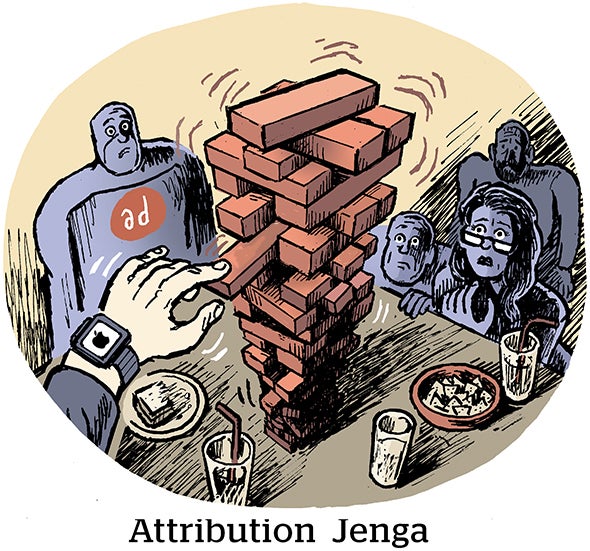Promotion-based spending in interactive marketing budgets showed a healthy growth rate in 2003, jumping 15.5% to $2 billion, from $1.7 billion in 2002 according to estimates based on responses by participants in a recent PROMO survey. And underlying all talk of trends and economic recovery, there is one simple explanation for the expansion: “I can’t think of the last time we did an offline program that didn’t have an online component,” says Duncan McCready executive VP of IC Group, Winnepeg, Manitoba.
Why is this happening? “It’s a no-brainer for three reasons,” says Scott Ferber, CEO and chairman of Advertising.com, Baltimore, MD. “One, the Internet is incredibly efficient from a response point of view. If you’re doing offline promotional activity, it’s easy to add the online response component, for information capture, or fulfillment. Two, promotions are by their nature truly measurable, and the natural interactivity of the online world just makes that so much easier. And three, the targeting capability of the Internet allows you to distribute your promotions dollars more efficiently.”
All this talk of the common sense underlying interactive growth begs the question, why did this happen in 2003, and not years before? “2003 saw a trend in which marketers sought to create a safe environment for computer users. It saw the rise of best practices to make sure consumer information is protected, such as double opt-in, increased security of databases, and a better understanding of privacy policies,” explains McCready. “The interactive marketing environment has become safer for consumers, but only because marketers are increasingly understanding and emphasizing the importance of security. Security couldn’t be more important to consumers, who are getting shrewder and more tech savvy than ever before.”
Another trend we saw in 2003 is that big brands are extending their promotional reach and recognizing the value of customer relationship marketing. The Internet allows them to achieve this more cost effectively. Direct mail or advertising campaigns drive the consumer to promotion-based Web sites; once there, the marketer can implement strategies that help build the brand-consumer relationship.
But McCready cautions that his experience has shown that online promotions still need help; they still need to be part of an integrated marketing plan. “We’ve seen participation rates as low as .05% to as high as 100% — and more if additional plays are added,” he says. “The common denominator separating the high play rates is usually how much media supported the promotion and how targeted the communication is.”
The next text thing
While all involved in interactive marketing feel they’ve just tapped the tip of the revenue iceberg, these folks are already moving on to the next thing. With more than 120 million people using cell phones in North America everyday, and more than 25 billion text messages sent per month worldwide, according to InStat/MDR, promotions execs are busily scheming to crack this relatively untapped market.
Anecdotal evidence suggests that text message promotions initially hit a wall in Europe, where reports indicate that up to 30% of all text messages were spam. Promo shops would do well not to kill this potential golden egg-laying goose by implementing strict opt-in only guidelines as a best practice for building customer lists for text message promotions.
SNAPSHOT 2003
- Total spending: $2 billion (up 15.5% for the year)
- Data security a top concern for consumers and marketers alike
- Interactive elements get integrated into larger campaigns



